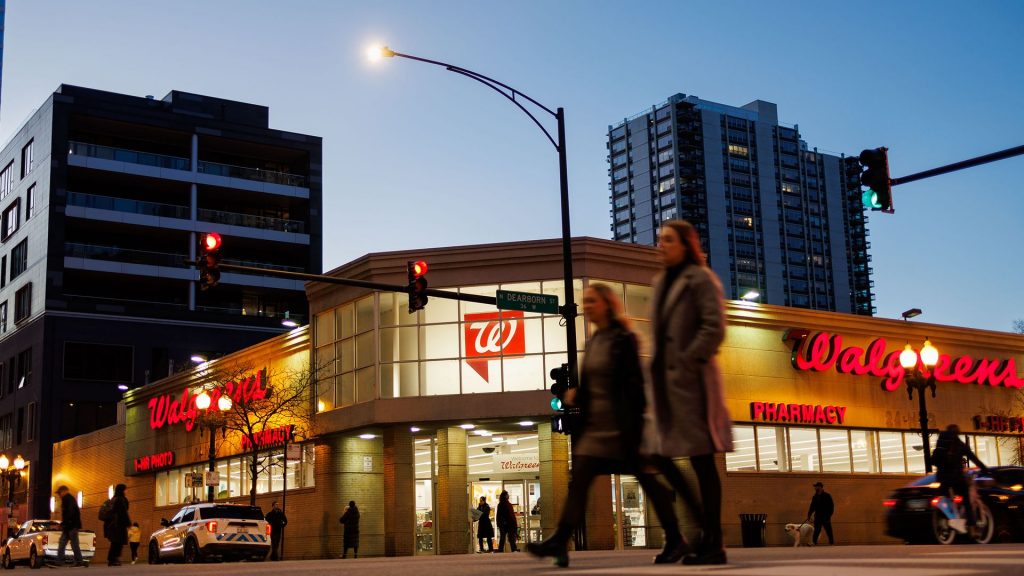As automation grows, Walgreens leans on robots to reshape its business

Robots are no longer just a concept of the future, they’re quickly becoming a fixture in industries from manufacturing to medicine. Now, Walgreens is betting big on automation to cut costs and modernize how it delivers prescriptions to millions of patients.
Walgreens wants to expand automation
The pharmacy chain began its automation push in 2021. Since then, it has opened 11 micro-fulfillment centers that rely on robotic systems to sort and fill prescriptions. On Sunday, May 11, Walgreens told CNBC it plans to expand those efforts and is hoping to serve more than 5,000 retail locations using robotic pharmacists by the end of the year.
These automated systems focus mostly on medications for chronic conditions like diabetes and high blood pressure. Walgreens said the robots have already filled at least 16 million prescriptions, freeing up in-store pharmacists and staff to focus more on clinical services such as vaccinations and testing.
“Right now, they’re the backbone to really help us offset some of the workload in our stores, to obviously allow more time for our pharmacists and technicians to spend time with patients,” said Rick Gates, Walgreens’ chief pharmacy officer.
Humans still need to assist robots
However, the robots aren’t working alone. Pharmacy technicians still have a hands-on role by loading medication into canisters that feed the machines. Once a prescription is assembled, a licensed pharmacist checks each order for accuracy before it’s sent out.
Like many retailers, Walgreens has faced growing pressure since the pandemic, from rising competition with CVS Health and Amazon to lawsuits claiming the company helped fuel the opioid crisis. In 2024, Walgreens announced it would close more than 1,200 stores nationwide. The company said investments in automation services have helped save about $500 million so far.
Amazon’s pharmacy services, which focus on online prescription fulfillment, have given consumers more options beyond traditional pharmacies. Walgreens is betting that automation will help streamline operations, cut costs and ultimately allow it to better compete in a rapidly evolving market.
Other companies, industries prioritize robotic technology
The use of robotics in business isn’t new. For decades, companies like General Motors have used robotic arms to build cars, and Microsoft uses automation in its production and logistics for devices like gaming consoles. Walmart, Kroger and Albertsons are also using robotic technology to disperse prescriptions and even groceries.
The shift comes as Walgreens prepares to go private in a $10 billion deal with Sycamore Partners, expected to close before the end of the year.





